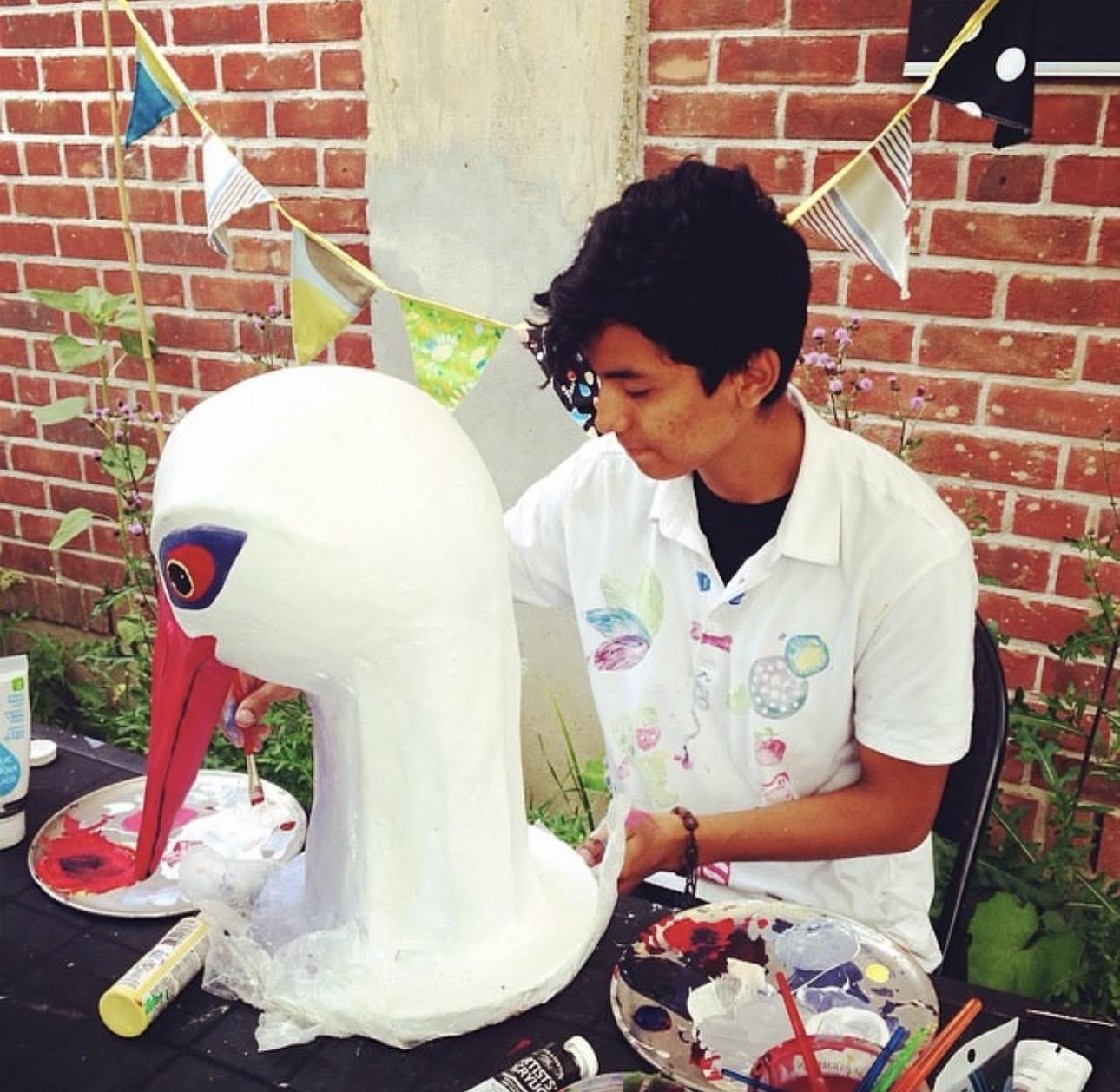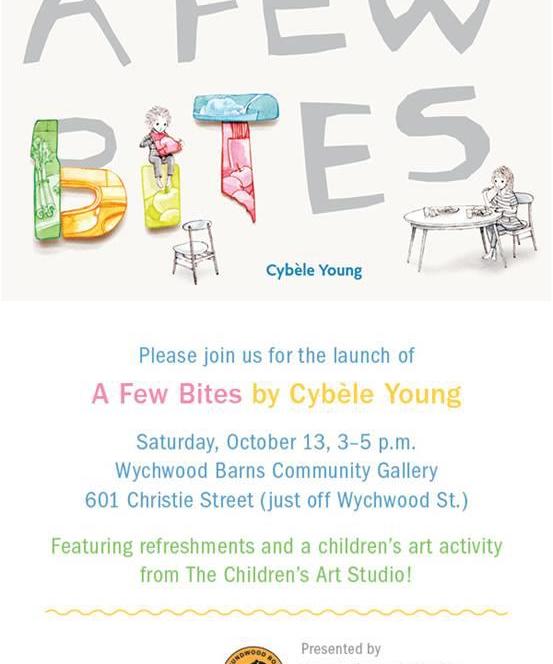Since 2009, our studio has been proud to facilitate Co-Op Placement students, mentoring high school, college, and university learners from across Ontario. We’ve worked with over 40 students from the TDSB, Catholic School Board, OCAD, Queen’s, TMU, Seneca, George Brown, and more. While mentoring requires a significant commitment from our team, we believe it plays a vital role in fostering community growth and, most importantly, in the transfer of essential artistic and professional skills. Through our program, students gain hands-on experience in a variety of art-making techniques, job shadowing, and teaching, helping them build confidence and competence. We look forward to welcoming new students this fall, continuing to cultivate the next generation of creatives and professionals.
Co-Op Placement Project

Skills Developed:
Creating a large papier-mâché animal sculpture bust involves a variety of skills, including:
- Planning and Design: Sketching and conceptualizing the sculpture before starting, including determining proportions, shapes, and details.
- Armature Building: Constructing a strong base or framework using materials like wire, cardboard, or other lightweight structures to provide stability and shape.
- Papier-Mâché Application: Layering papier-mâché over the armature using strips of paper and glue, developing smooth, even surfaces and adding layers for strength.
- Sculpting and Detailing: Refining the shape, adding fine details like facial features, textures (fur, feathers), or other characteristics of the animal bust.
- Drying and Sanding: Ensuring the sculpture dries properly to maintain structure and sanding rough areas to create a smooth finish.
- Painting and Surface Decoration: Using techniques like painting, adding textures, or applying additional materials (such as fur or embellishments) to bring the sculpture to life.
- Problem-Solving and Patience: Managing challenges like structural stability, drying times, or making adjustments during the process.
- Creativity and Artistic Expression: Using imagination to stylize or create a lifelike or abstract representation of the chosen animal.
- Teamwork (if collaborative): For group projects, learning to collaborate and communicate effectively in a creative process.
These skills help develop craftsmanship, attention to detail, and an understanding of sculptural techniques.


